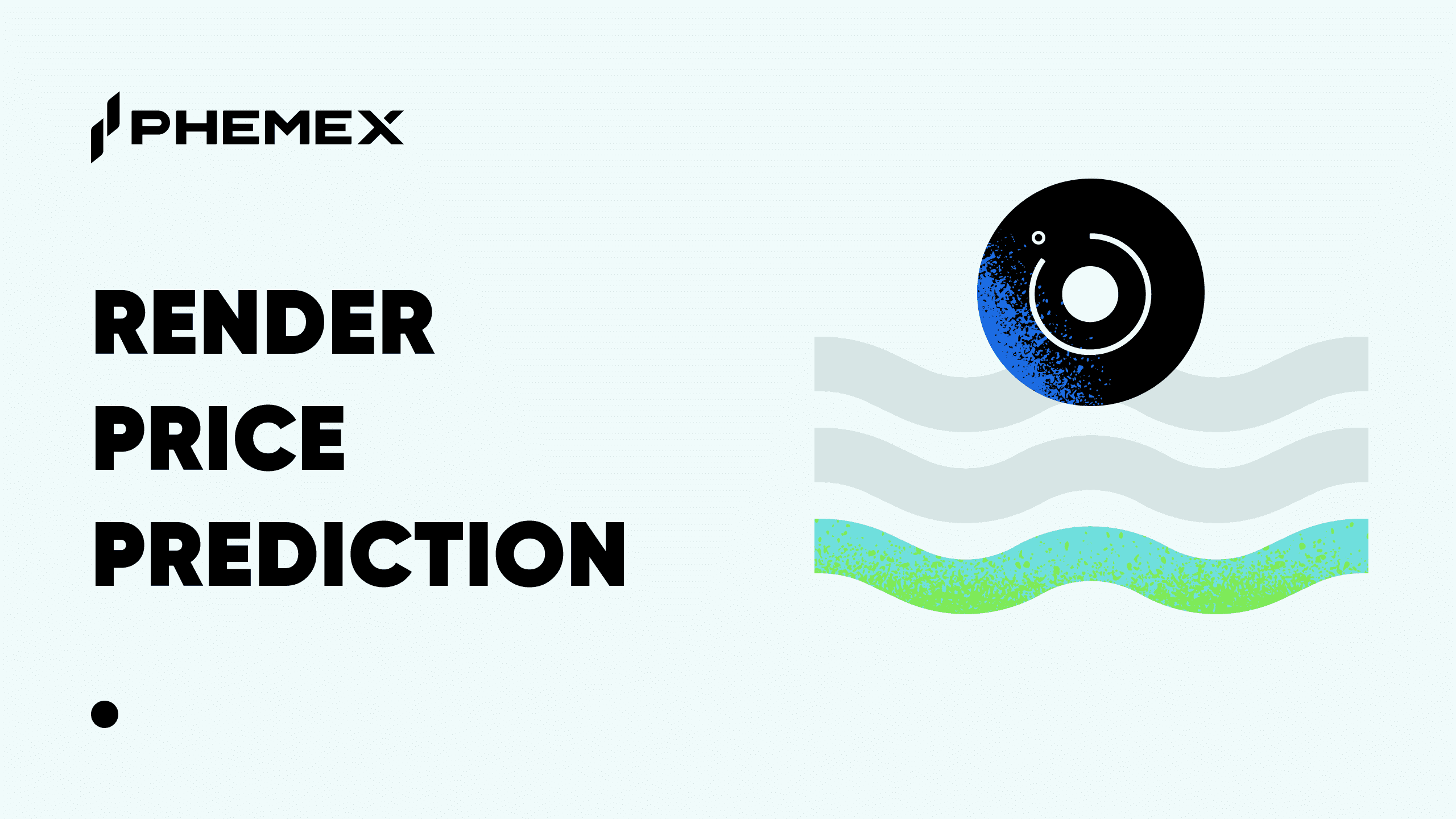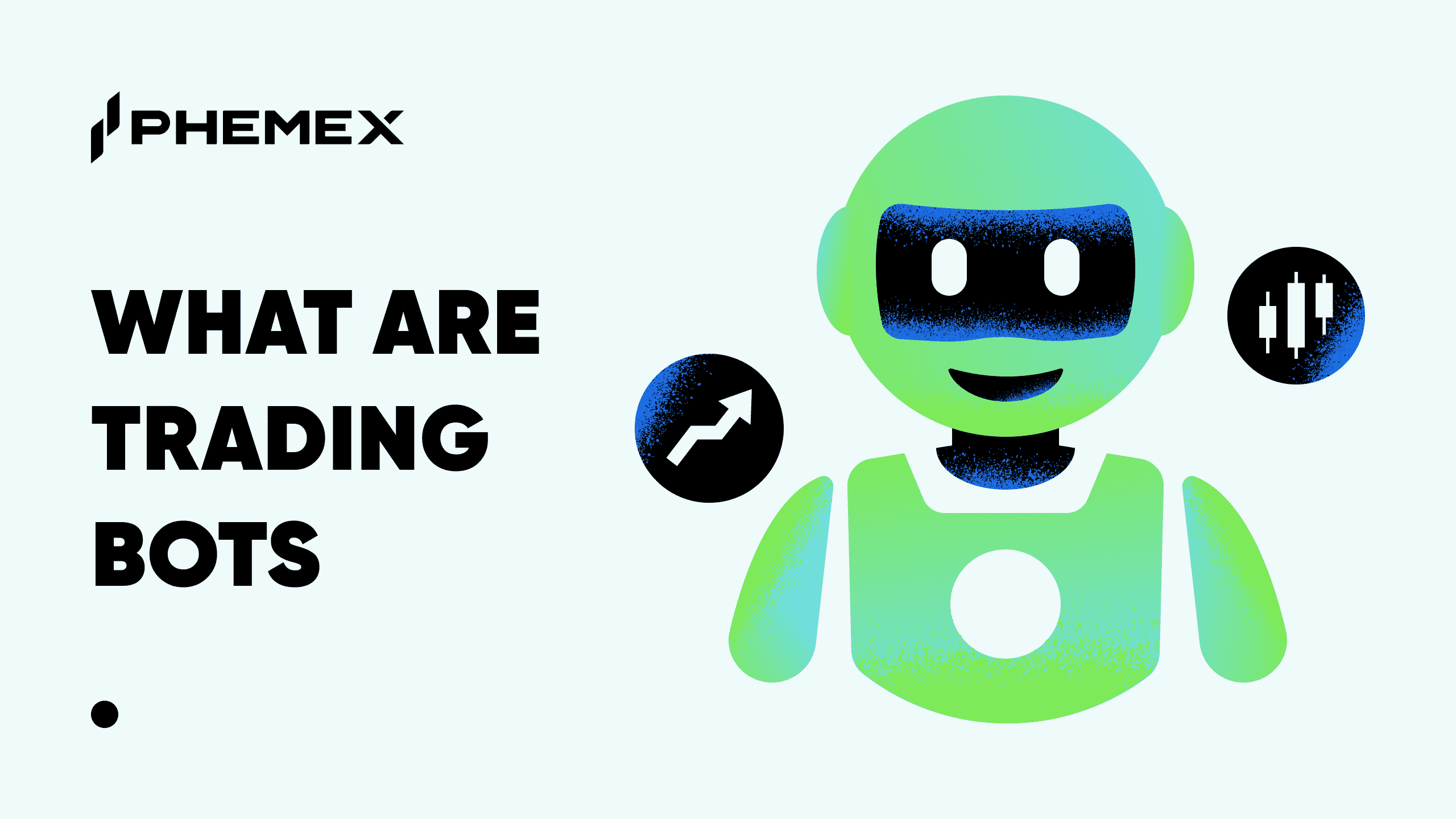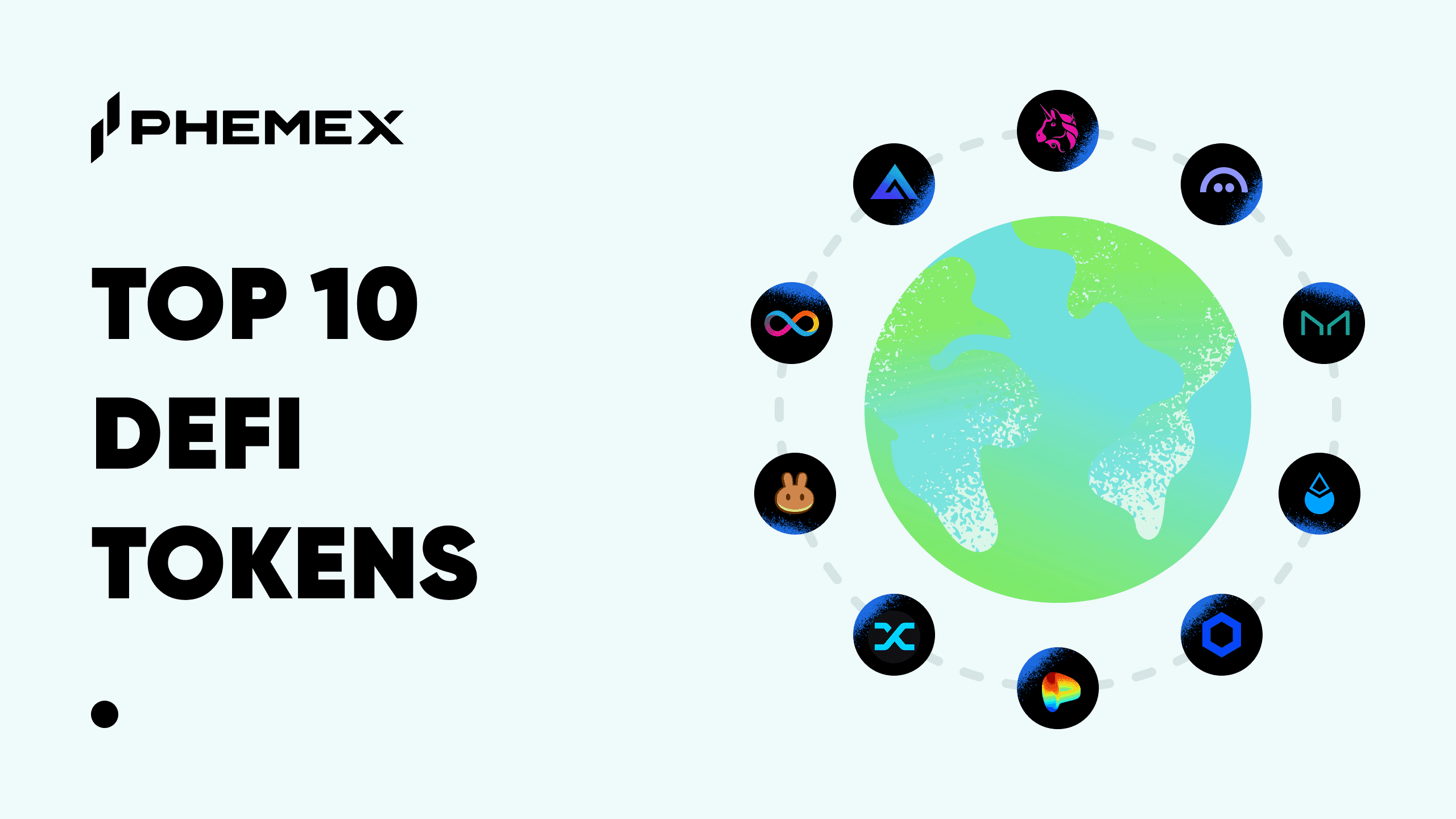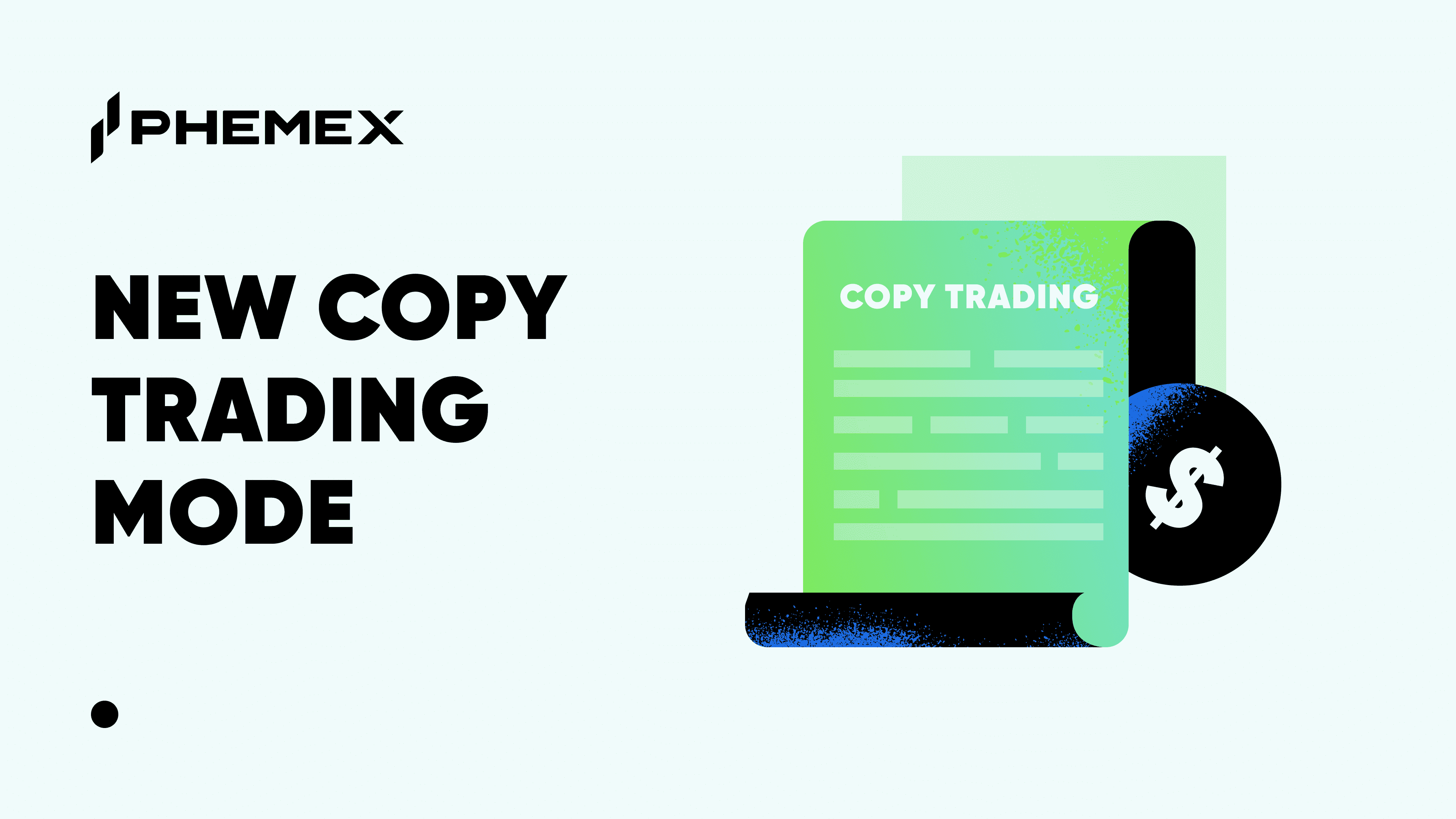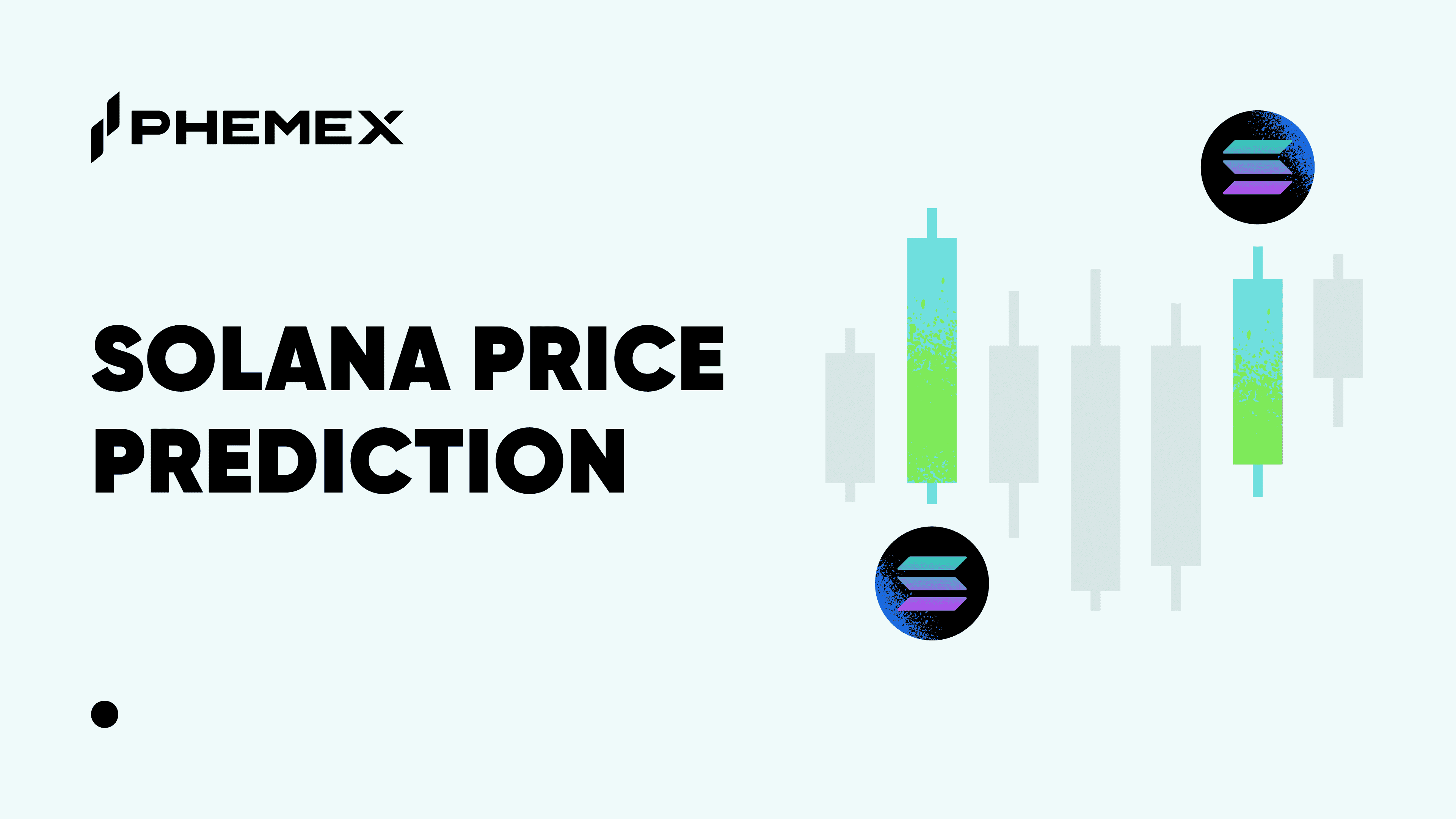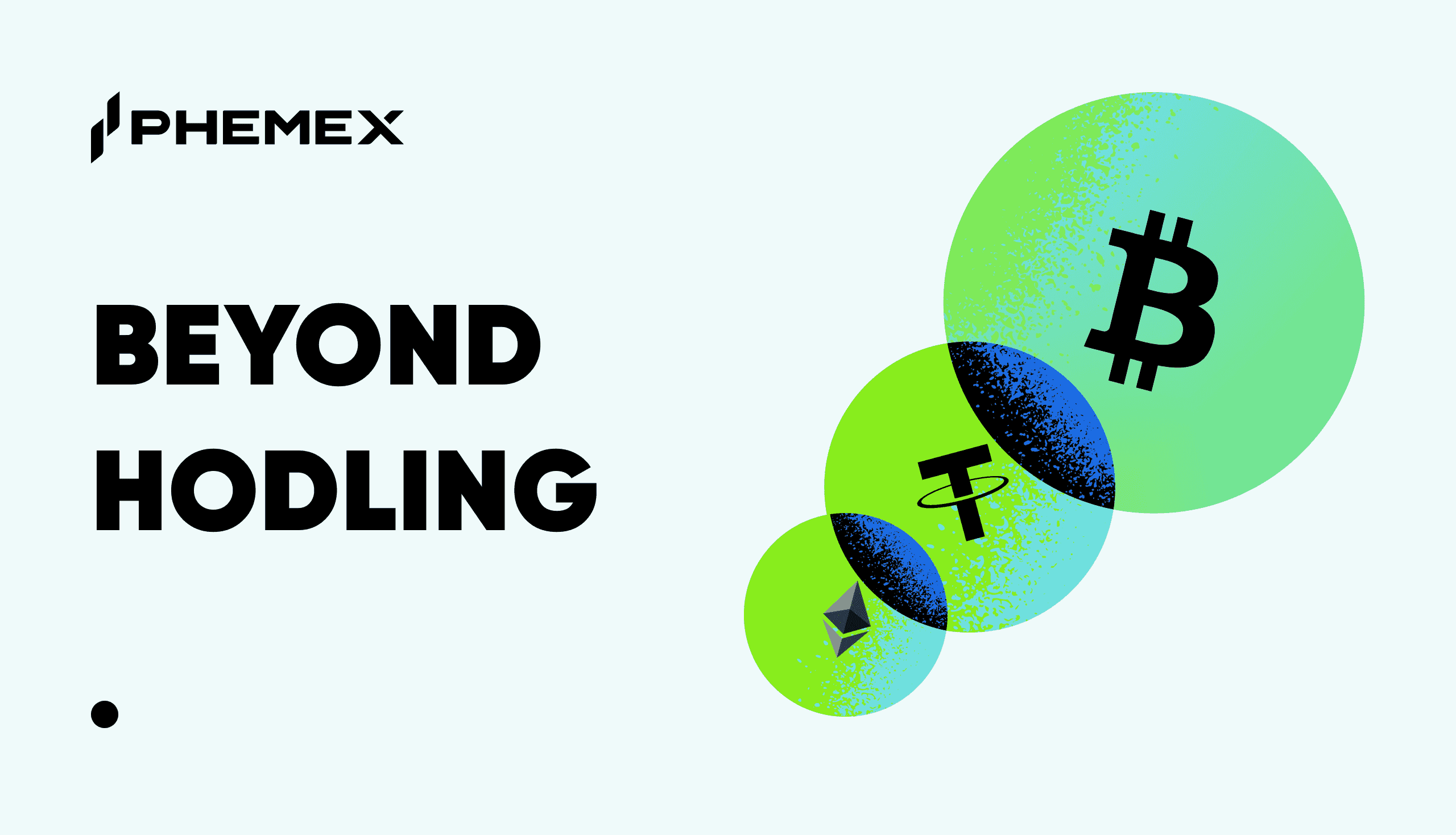NFTs are unique blockchain-based digital assets that can be bought and sold on an NFT marketplace. Today, most NFTs are minted on the Ethereum network, but they can just as easily be produced on a variety of supported smart contract-enabled blockchains. There are a wide range of assets, physical and digital, that can be associated with an NFT, from pixelated JPEGs of apes to music recorded in a basement, and even real estate.
NFTs have taken the world by storm, and they continue to make huge waves in many industries. From gaming and art to finance, sports, and fashion, NFTs are disrupting virtually every industry they enter, and they’re treading new waters rapidly.

After Two Years of NFTs: Where Are We?
Over the past two years, the NFT space has grown tremendously. According to Statista, the market cap of NFTs witnessed a ten-fold increase between 2018 and 2020. Earlier this year, Reuters reported that NFT sales crossed $25 billion in revenue last year.
Over a year ago, NFTs from the two most popular collections, CryptoPunks and Bored Ape Yacht Club (BAYC), were sold for less than 1 ETH. Today, NFTs from these collections sell for between 60 and 100 ETH a piece.
OpenSea, the largest marketplace for NFT auctions and sales, saw its volume rise by over 800% in August 2021, a spike that’s attributed to the launch of Mutant Ape Yacht Club NFTs. Many influencers have also entered the NFT space over the past two years, including celebrities like world-renowned rapper Eminem, who purchased a BAYC NFT for 123.45 ETH, and Twitter founder Jack Dorsey, who turned a screenshot of his first tweet into an NFT, which was sold for nearly $3 million.
Why Can’t You Screenshot an NFT?
One of the most commonly asked questions by people entering the NFT space is why anyone would pay so much to acquire an NFT when you can screenshot or download the associated media. If you’re a meme connoisseur, you may have seen the NFT screenshot meme, or variations of it, floating all over the web.
There are even websites that allow people to download these NFT screenshots. The NFT Bay, a website inspired by the infamous torrent site, The Pirate Bay, has screenshots of every Ethereum and Solana-based NFT as free peer-to-peer download links. Netizens have criticized NFTs as glorified and overpriced JPEGs that anyone can screenshot, but is that really the case?
In an interview with Kotaku, Geoffrey Huntley, the person behind The NFT Bay, said the site is “an education art project.” His motivation was to show that most NFTs are stored on Web 2.0 and not the blockchain, as many are led to believe. They say once something is uploaded to the Internet, it never leaves, but this isn’t necessarily true, evidenced by the sheer volume of lost media discussions sparking virtual search parties online.
Dead links, defunct servers, and incompatible legacy platform issues have led to various media being lost to time. NFTs bring scarcity to an environment where digital abundance is the norm, and this is where the actual value of NFTs lie.
As more people become aware of the dangers of storing NFT-associated media on the Web 2.0 Internet, future-proofed storage will become more prevalent. Further, as time passes, the goal will become to store these files entirely on the blockchain, with current offerings making this an expensive ordeal today.
Are NFT Screenshots As Valuable As Their Original Counterpart?
Would a picture of the Mona Lisa on your phone be as valuable as the original painting by Leonardo da Vinci? Probably not. Having an NFT screenshot on your phone doesn’t give you digital ownership over the image.
A screenshot confers no value and enables nothing in the way of appreciation. Another thing to remember is that NFTs aren’t just digital assets that people hold to flip for a profit. They grant exclusive perks and benefits to their holders and enable them to participate in timed, exclusive events hosted by the NFT projects themselves.
BAYC holders, for example, have exclusive access to the team’s Discord server, as well as a merchandise store, and early access to new collections produced by the team. With an NFT screenshot, you won’t be able to avail all those benefits. To put it simply – no, NFT screenshots aren’t as valuable as the NFTs themselves.
Can You Get Sued for Screenshotting an NFT?
There’s nothing illegal about screenshotting an image associated with an NFT. As mentioned above, it’s worthless and doesn’t harm the creator. However, if you choose to pass it off as your own or mint a separate NFT using the image to sell it, besides an angry message from the creator or owner, you could also be sued for copyright infringement.
NFTs are subject to the same copyright laws as other traditional art forms. Thanks to the blockchain, NFTs can also be easily tracked. Anyone can look up the wallet address of the person the NFT belongs to and verify its ownership. You can’t tamper with the blockchain or change any of the metadata.
If you decide to sell an NFT screenshot or utilize it for anything beyond personal use, the creator or owner has proof of ownership and can sue you for stealing their work, so it’s recommended that you keep your screenshots to yourself.

Why Screenshotting NFTs Doesn’t Matter in the Grand Scheme
NFTs derive their value from their uniqueness and ability to be easily verified. If you purchase an NFT, the sale is recorded on the blockchain, which anyone can gain access to. Two factors make the practice of screenshotting NFTs pointless:
- Digital Ownership: NFTs are digitally owned, and their proof of ownership exists on the blockchain, which no one can alter. Digital ownership makes it easier for people to verify ownership of the NFT securely.
- Lack of Authenticity: Digitally owning an NFT means people who have NFT screenshots lack authenticity. They have no way to prove their ownership, and the original creator can always point to the blockchain as proof of their ownership.
Conclusion
NFT technology is still in its infancy, with new developments being introduced consistently over time. While they have enjoyed a surge in popularity over the last two years, there’s still a lot of room to grow, and little doubt that they will continue to do so.
While the industry suffers from a “screenshot issue,” most people in the space aren’t too worried. NFT screenshots are worthless and don’t impact what NFTs are attempting to accomplish. Like any other form of artwork, NFTs are also subject to copyright laws, and being digitally owned, are easily traceable, can be verified by the public, and transferred globally using blockchain technology.
In conclusion, you can screenshot an NFT. However, it will never be as valuable as the original asset and only reinforces the point that non-fungible tokens are trying to make in the first place – the value of digital scarcity.






